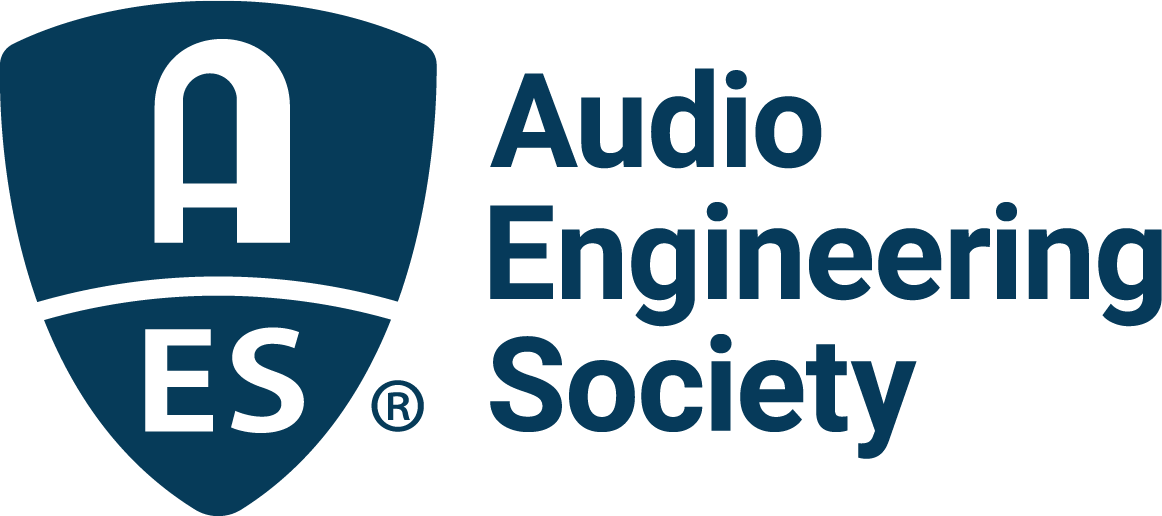For anyone interested in music recording, the E-Library is a well of treasures, containing collected experiences, thoughts and ideas about this subject. Most of the papers I’ve found so far concern orchestral recordings in large concert halls, which is perhaps a bit surprising. Recording a symphony orchestra is of course a prestigious job for a sound engineer, but according to my own experience, it is perhaps even more challenging to do a multimicrophone recording of an ensemble in a small or medium-large studio. Positioning the musicians to minimize or make the best possible use of leakage between microphones and at the same time keeping the musicians happy, sometimes requires a creative mind. I’d like to see more discussions about this.
Indeed, orchestral recordings have their own challenges. I’ve been to recordings where day one of the recording is the first time the musicians see the music, which typically leads to extensive editing when putting it all together. There is also a presumption that orchestral pieces are well balanced, but this is not always the case and especially not for first-time recordings or performances of new material. A suitable number of support microphones might come in handy, at least as a just-in-case. I definitely agree with Richard King that a “larger than life” perspective is what we strive for when producing something to be reproduced in someone’s home by a pair of loudspeakers.
A number of papers below discuss the use of properly delayed support microphones. Some DAW’s (e.g. Pyramix) even have plug-ins that can provide adequate attenuation and delay in the signals to the left and right channels, depending, say, on the separation distance between the main microphones and the angle and distance to the support microphone(s). Still, using support microphones with delays is not without complications. Leakage from instruments at different positions into the support microphones might cause unexpected results if not handled properly. More food for thought.

